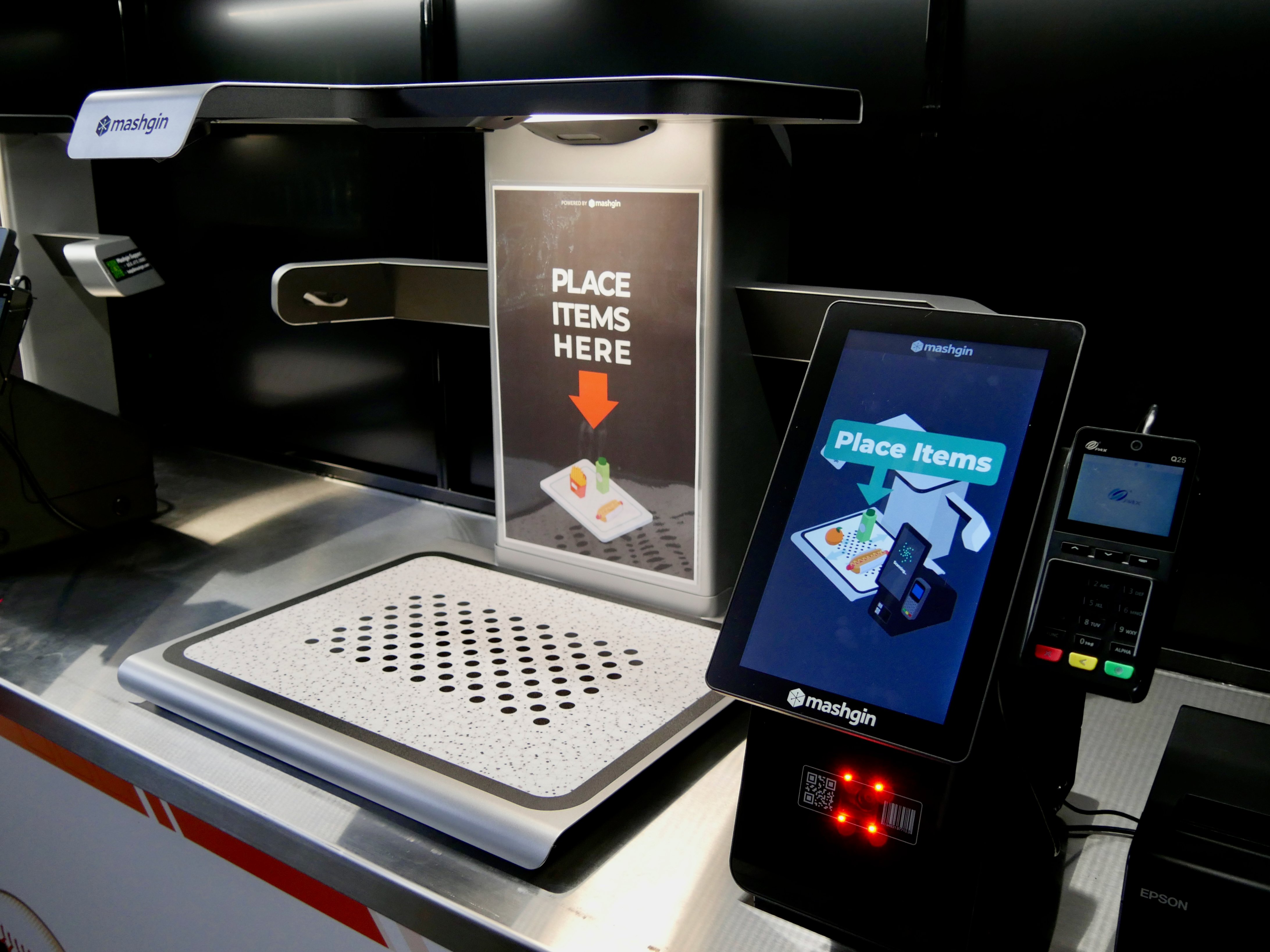Self-Checkout: A Mainstay in Convenience Stores

Self-checkout isn't just a blip on the retail radar; it's firmly planting its roots, especially in convenience stores. The past few years have seen a seismic shift in how we shop, accelerated by the pandemic but continuing due to consumer demand and technological advancements. Let's dig into the numbers and trends that highlight why self-checkout is here to stay, reshaping the convenience store experience in 2024 and beyond.
The Numbers Speak Volumes
The adoption of self-checkout systems has been on a steep incline. In 2021, a pivotal year, shoppers used self-checkout for 30% of transactions, a significant leap from 2018. This jump wasn't just a pandemic-induced anomaly; it reflected a changing consumer preference for a more autonomous and, frankly, quicker shopping experience. Moreover, 96% of retailers have embraced self-checkout by this point, indicating industry-wide acknowledgment of its benefits and consumer demand.
Fast forward to 2023, the self-checkout system market was valued at USD 4.88 billion, a notable increase from USD 4.23 billion in 2022. With projections showing it will soar to USD 13.98 billion by 2030, the compound annual growth rate (CAGR) of 16.2% during the forecast period signals a robust and sustained expansion. This growth isn't just about numbers; it's a clear indicator of the retail industry's evolution and the central role self-checkout plays in it.
Beyond the Pandemic: Convenience and Choice
Initially, the surge in self-checkout usage was largely attributed to pandemic-driven needs for less human contact and enhanced safety measures. However, as the situation has stabilized, the continued preference for self-service options suggests deeper consumer trends. Shoppers appreciate the control, speed, and convenience that self-checkouts offer, allowing them to avoid long lines and make quick stops more efficient.
Addressing the Challenges: Shrinkage and Customer Experience
No technology comes without its challenges, and self-checkout is no exception. Shrinkage—loss of inventory due to theft or errors—is a concern among retailers. However, rather than stepping back from the technology, stores can leverage new systems and AI to tackle these issues head-on. The focus isn't just on curbing losses but on enhancing the overall customer experience. By integrating advanced technology and prioritizing customer education, retailers aim to make self-checkout not just viable but preferable.
Retailers are committed to refining self-checkout, indicating a clear direction towards more sophisticated and user-friendly systems. This evolution is not about replacing traditional checkout lanes but offering choices that cater to diverse shopper preferences.
Looking Ahead: The Future of Self-Checkout
As we look to 2024 and beyond, the narrative around self-checkout is one of growth, innovation, and adaptation. Convenience stores, in particular, are well-positioned to benefit from these advancements. Their focus on quick transactions and the need for efficiency aligns perfectly with the capabilities of self-checkout systems.
The industry's move towards self-service options is more than a reaction to temporary circumstances; it's a strategic adaptation to changing consumer behaviors and technological advancements. As self-checkout becomes more embedded in our shopping routines, we can expect to see even more innovation in how these systems integrate into the retail experience.
Self-checkout isn't just sticking around; it's set to become an even more integral part of the shopping experience in convenience stores. With significant investment in technology and a keen eye on improving customer experience, the future looks bright—and efficient—for shoppers and retailers alike.

